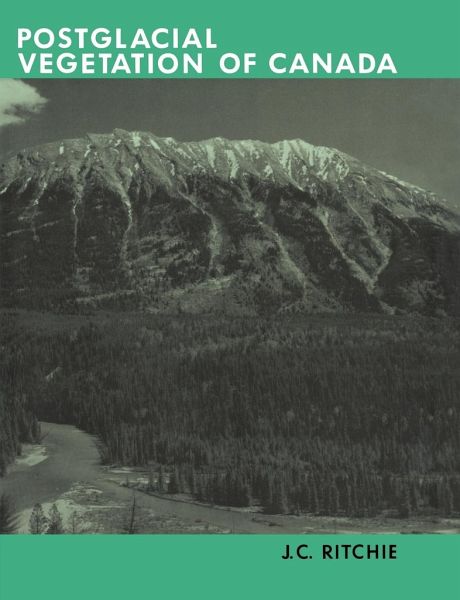
Post-Glacial Vegetation of Canada
Versandkostenfrei!
Versandfertig in 1-2 Wochen
45,99 €
inkl. MwSt.

PAYBACK Punkte
23 °P sammeln!
Covers the complex history of vegetational and environmental change in Canada since the last Ice Age.Post-glacial Vegetation of Canada brings together all the available information about the complex history of vegetational and environmental change in Canada since the last Ice Age. As the lands began to emerge from under the ice, they provided a large, varied setting for the re-establishment of highly diverse plant cover ranging from the modern tropical rain forests to the arctic tundra. Professor Ritchie discusses the roles of climactic change, wildfires, diseases, and biological factors in co...
Covers the complex history of vegetational and environmental change in Canada since the last Ice Age.
Post-glacial Vegetation of Canada brings together all the available information about the complex history of vegetational and environmental change in Canada since the last Ice Age. As the lands began to emerge from under the ice, they provided a large, varied setting for the re-establishment of highly diverse plant cover ranging from the modern tropical rain forests to the arctic tundra. Professor Ritchie discusses the roles of climactic change, wildfires, diseases, and biological factors in controlling the emerging patterns of new plant growth. The initial chapters present a balanced review of the modern bioclimates and vegetation of Canada as an introduction to the historical record. A review of the present pollen registration and the autecology of the important plant taxa is provided by examining the fossil record, derived primarily from pollen evidence. Students and researchers in the natural history of Canada and the Northern regions will find Post-glacial Vegetation of Canada a source of much information. It will also appeal to those with interests in botany, geography, geology, archaeology, and paleoecology.
Table of content:
Preface; Acknowledgements; 1. Introduction; 2. The biogeographical setting; 3. Autecology and pollen representation; 4. Full-glacial refugia; 5. Eastern Canada - fossil record and reconstruction; 6. The Western interior; 7. Pacific-Cordilleran region; 8. Vegetation reconstruction and palaeoenvironments; Appendix; References; Index.
Post-glacial Vegetation of Canada brings together all the available information about the complex history of vegetational and environmental change in Canada since the last Ice Age. As the lands began to emerge from under the ice, they provided a large, varied setting for the re-establishment of highly diverse plant cover ranging from the modern tropical rain forests to the arctic tundra. Professor Ritchie discusses the roles of climactic change, wildfires, diseases, and biological factors in controlling the emerging patterns of new plant growth. The initial chapters present a balanced review of the modern bioclimates and vegetation of Canada as an introduction to the historical record. A review of the present pollen registration and the autecology of the important plant taxa is provided by examining the fossil record, derived primarily from pollen evidence. Students and researchers in the natural history of Canada and the Northern regions will find Post-glacial Vegetation of Canada a source of much information. It will also appeal to those with interests in botany, geography, geology, archaeology, and paleoecology.
Table of content:
Preface; Acknowledgements; 1. Introduction; 2. The biogeographical setting; 3. Autecology and pollen representation; 4. Full-glacial refugia; 5. Eastern Canada - fossil record and reconstruction; 6. The Western interior; 7. Pacific-Cordilleran region; 8. Vegetation reconstruction and palaeoenvironments; Appendix; References; Index.





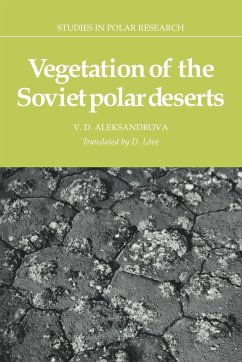
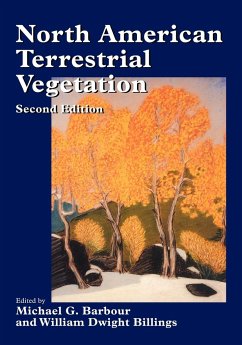
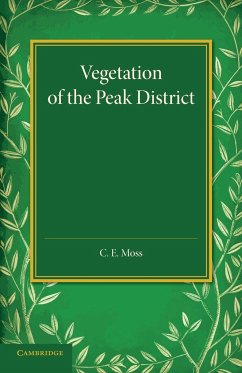
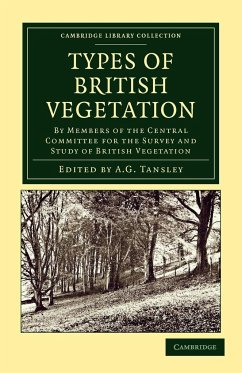
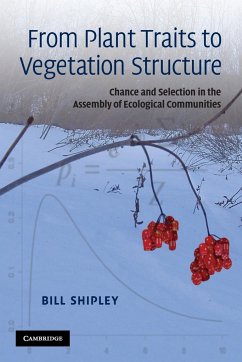
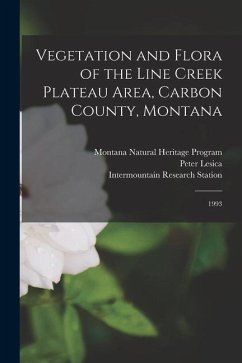
![Botany. Part C [microform]: General Observations on the Vegetation Cover Botany. Part C [microform]: General Observations on the Vegetation](https://bilder.buecher.de/produkte/65/65592/65592046n.jpg)


